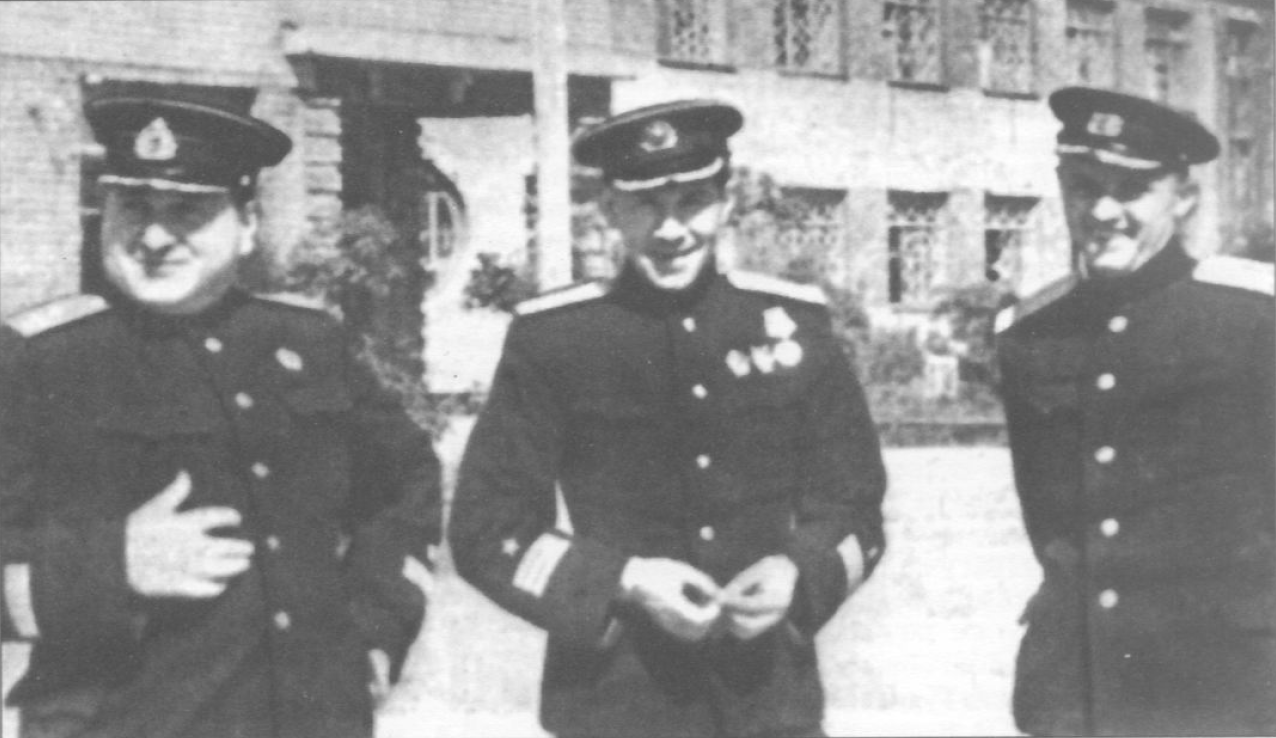S-9 submarine

Technical data
- WWII-era Soviet S-class diesel-electric IX-bis series submarine («S» is a Russian abbreviation for medium-sized)
- Length: 78 meters
- Max dive depth: 100 meters
- Armament: 1 x 100mm gun, 1 x 45mm gun, 6 torpedo tubes (4 x bow, 2 x stern), 12 x torpedoes
- Crew: 45 men
- Lost without a trace on 12-14 August 1943
- Found and identified by our team in 2013. She sank as a result of a bottom mine explosion in the German «Seeigel» (Sea Urchin) minefield while returning to base.
Description
S-9 was one of five Baltic Fleet submarines that the command sent in 1943 to break through a massive anti-submarine barrier in the Gulf of Finland. Of the five subs, only the Shch-303 survived, returning to base with heavy damage. The other four were lost (S-9, S-5, Shch-406 and Shch-408).

History
The sub has a rich but tragic history: she sank twice, was attacked twice by a German submarine (U-140), survived several attacks by enemy ASW forces and aircraft, and was damaged by artillery fire, as well as from running into a Soviet anti-submarine net.

October 1941 was especially difficult for the sub. During a storm, the blades of its screws and rudders were bent after hitting a rock.
Her first commander died after making several egregious mistakes while surfacing during a storm on 7 October: they did not completely blow the ballast tanks, and the sub was sailing stern to the waves. A wave crashed over the sub, washing overboard everyone who was standing watch (including Commander Rogachevsky), the central post and battle bridge were completely flooded through the open hatches, and the submarine sank to the seafloor 56 meters below. Thanks to the competent actions of the crew, foremost among whom the mechanics, they were able to surface and get the sub working again, though the equipment and documents in the central post were significantly damaged.
In October 1942, the sub survived a ramming attack by a German freighter after a successful torpedo attack against the lead ship in the column (the periscopes were bent, and the anti-net saw and hydrophone were torn off).
During the very first dive after these events, a leak was found in the central compartment – the bent periscope kept the main hatch from closing tightly. Blowing the emergency ballast tanks was not enough, and the sub sank to the seafloor 44 meters below with a completely flooded central post. The commander of combat unit 5, Safonov, saved the ship by blowing all the remaining ballast tanks from the aft compartment. The flooding ruined all of the equipment and documents in the central post, including the gyroscope, echo sounder, log, a periscope motor, and rudder control mechanisms.
S-9 went on five combat patrols during the war lasting a total of 101 days, conducted three torpedo attacks, and damaged one freighter – on 27 September 1942, it hit the Mittelmeer freighter (6,370 GRT) with one torpedo from a distance of two cable lengths.
Its other two attacks came on the following day, 28 September, when it fired single torpedoes at the Hornum freighter (1,467 GRT).
After it missed, S-9 surfaced and opened artillery fire. The freighter caught fire after two hits, the submarine submerged, but the freighter’s crew managed to extinguish the fire and save the ship.
S-9 went on its fifth patrol on 26 July 1943. On 12 August, it reported that it was beginning the return trip to base, after which it was lost without a trace.
On 4 September, the body of the S-9’s senior helmsman, K.T. Dikov, was found near Seskar Island wearing an ISA-M rescue device.
When examining the submarine’s wreck, we saw an open bow torpedo tube (upper starboard side) through which the crew apparently attempted to abandon ship. The aft emergency hatch, main hatch and bow hatch were closed and the damage to the sub is characteristic of a bottom mine detonation: there is a vertical fracture passing through the sub’s hull in the aft third.
One interesting note is that in 1942, there was a popular belief among Baltic Fleet submariners that the heavy Soviet submarine losses could have been because the Germans were using electromagnetic contact mines.
Crews and shore personnel tried to reduce the risk of EM-mine detonations: on the hull of the S-9 you can still easily see the modifications they made: the runner and protruding metal parts are wrapped in rubber, and there are three wooden beams installed along the hull.
3D model of S-9’s conning tower built using real footage
(photogrammetry technology)
Submarine commanders

- Captain Third-Class S/A/ Rogachevsky (22 June – 6 November 1941)
- Senior Lieutenant N.V. Dyakov (from Rogachevsky’s death until 13 January 1942)
- Captain Third-Class A.I. Mylnikov (14 January 1942 until he sank with the submarine)